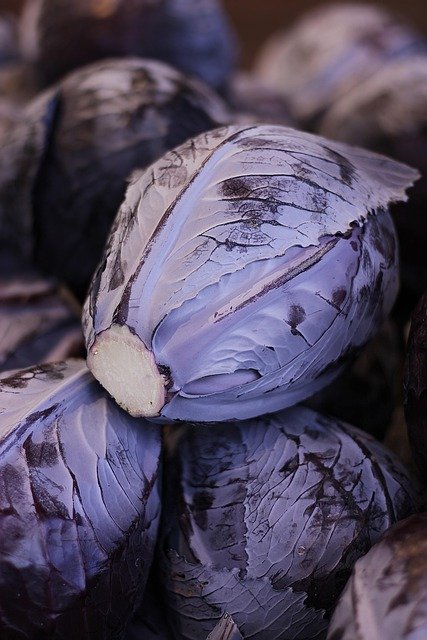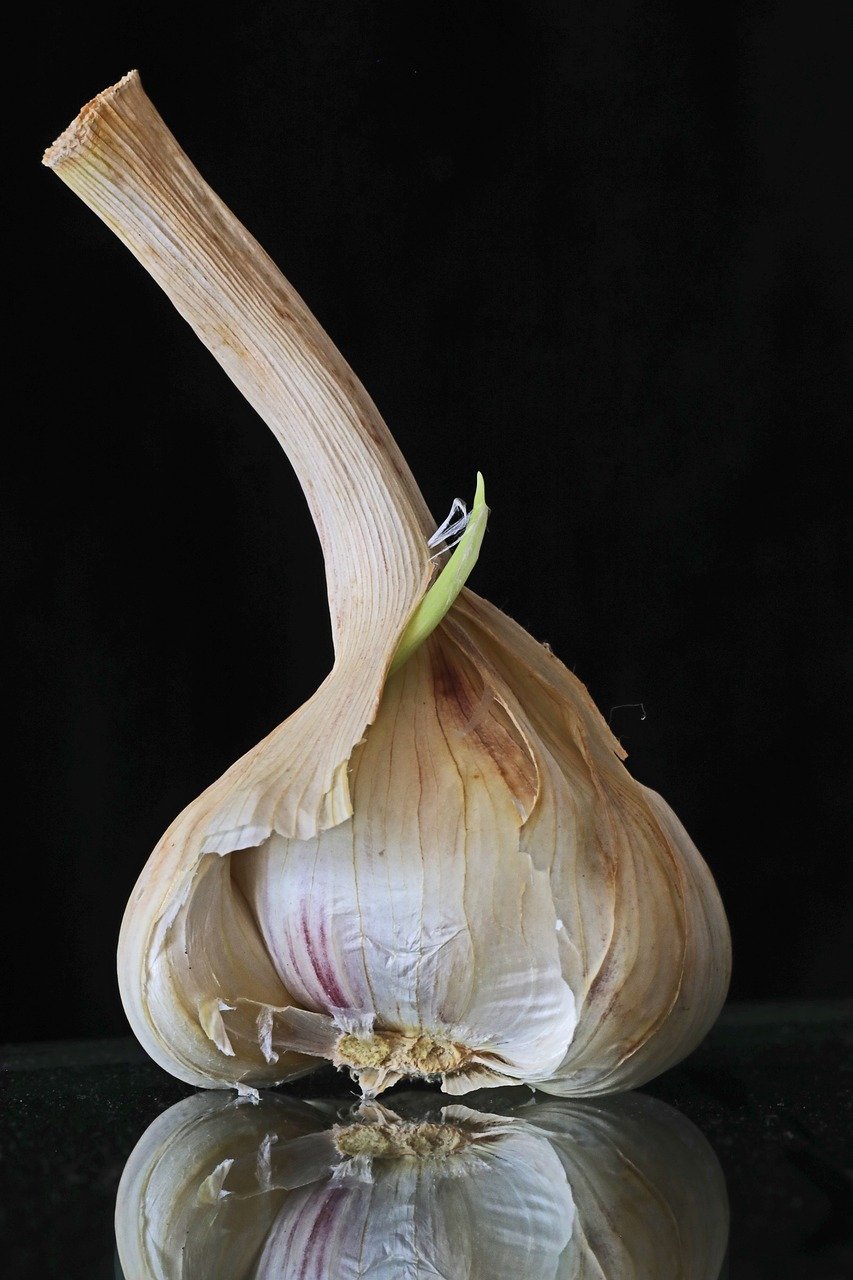
Planting cabbage in the Pacific Northwest can lead to a bountiful harvest when we choose the right companion plants. Great companion plants for cabbage include kale, onions, and herbs like dill and thyme. These plants not only grow well alongside cabbage but also help with pest control and soil health.
By combining cabbage companions, we can create a thriving garden. The right partners can attract beneficial insects and deter pests that harm our cabbage crop. This approach enriches our gardens while maximizing our harvest.
Let’s explore some excellent companion plants and discover how we can enhance our cabbage-growing experience in the PNW. With the right choices, we can cultivate a healthier and more productive garden.
Understanding Companion Planting for Cabbage
Companion planting helps us grow healthier cabbage by improving soil health, enhancing pest control, and promoting plant vigor. We can choose suitable companion plants that provide a variety of benefits for our cabbage crops.
Benefits of Companion Planting
Companion planting offers several key advantages. It can enhance pest control by attracting beneficial insects that prey on pests like aphids. For example, planting marigolds near cabbage helps reduce pest numbers.
This practice can also boost soil fertility. Some companion plants, like legumes, fix nitrogen in the soil, enriching it for our cabbage. This means better nutrient availability for the cabbage plants, leading to healthier growth.
Additionally, companion plants can help with disease control. Growing garlic or onions alongside cabbage may deter certain diseases. We can use this natural approach to make our gardens more productive.
Selecting the Right Cabbage Varieties
Choosing the right cabbage varieties is crucial for success in our gardens. We should consider varieties such as white cabbage or other brassica crops that thrive in cooler weather. This helps us align our planting with local conditions for better yield.
We also need to match the growth habits of companion plants with our cabbage. Some plants grow tall and may shade younger cabbage, while others grow low and will not compete for resources.
By selecting varieties that complement each other, we allow for better pollination and reduce competition for soil nutrients. This thoughtful selection can lead to improved plant vigor and a more bountiful harvest.
Best Companion Plants for Cabbage
Companion planting can help cabbage grow strong and healthy. Certain herbs, vegetables, and flowers work well with cabbage, supporting its growth and protecting it from pests. Here are some great options to consider.
Herbs That Enhance Cabbage Growth
Herbs are excellent companions for cabbage. They can boost its growth and repel pests. Here are some beneficial herbs:
- Dill: Attracts beneficial insects like ladybugs, which eat pests.
- Thyme: Its strong scent can mask cabbage’s smell, confusing pests.
- Sage: Helps repel cabbage moths and other harmful insects.
- Chamomile: Promotes health in cabbage and improves its flavor.
These herbs not only help fend off pests but may also enhance the flavor of our cabbage.
Vegetables and Legumes as Companions
Certain vegetables and legumes can benefit cabbage plants. They provide nutrients and work well in the garden. Some ideal choices include:
- Beans and Peas: Fix nitrogen in the soil, which cabbage needs to thrive.
- Carrots: They have deep roots that do not compete for nutrients.
- Celery: Grows well near cabbage and helps repel some pests.
- Lettuce and Spinach: These leafy greens can share space without competing much.
Planting these together can create a diverse garden that supports all the plants.
Flowers and Other Plants for Pest Deterrence
Flowers add beauty and help keep pests away. They can attract beneficial insects and deter harmful ones. Consider these options:
- Marigold: Known for repelling nematodes and other garden pests.
- Nasturtium: Acts as a trap crop, luring pests away from cabbage.
- Yarrow: Attracts ladybugs and other beneficial insects.
- Borage: Encourages hornworms to stay away while boosting soil health.
Including these plants not only helps protect cabbage but adds color to our garden too.
Managing Pests and Diseases in Cabbage
We need to take proactive steps to protect our cabbage from pests and diseases. By focusing on natural methods and organic solutions, we can boost our crops’ health and resilience.
Natural Pest Prevention Strategies
Maintaining good soil quality is key to healthy cabbage plants. We can improve soil health by adding organic matter like compost. This not only nourishes the plants but also encourages beneficial insects that help control pests.
Crop rotation is essential. By changing the location of our cabbage each year, we can prevent pests like cabbage root fly from becoming established.
To deter specific pests, we can use physical barriers, such as row covers. These barriers stop insects like cabbage worms, flea beetles, and slugs from reaching our plants. We may also consider planting companion plants that repel pests naturally, providing added protection.
Organic Solutions for Disease Control
To control diseases, we must maintain proper moisture levels. Avoiding excess water can prevent problems like cabbage maggots and fungal diseases. We should ensure good air circulation by spacing our plants appropriately.
Using organic fungicides can help combat diseases effectively. We can apply these products at the first sign of problems to reduce the spread. Regularly inspecting plants for signs of aphids and other pests allows us to take action quickly.
We should also consider using crop rotation to break disease cycles. This disrupts the habitats of pathogens and pests. By following these techniques, we can keep our cabbage healthy and thriving.
That’s about all I have to say on using a companion planting method with Cabbage. Stay tuned for more gardening know how!
Thanks for checking out the article! If you’re interested in other similar posts check out one of these:

